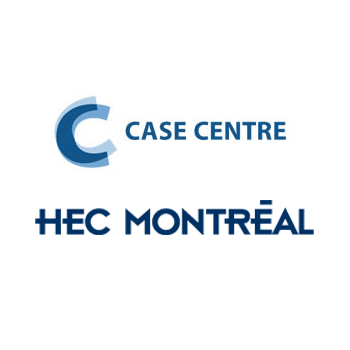Description
British Columbia Ferry Services Inc. (BC Ferries): Charting a Safe Course: Abstract
British Columbia Ferry Services Inc. (BC Ferries): Charting a Safe Course is a case study by Catherine Fitzgerald and Jean Helms Mills.
This case evaluates the approach of BC Ferry Services Inc. (BC Ferries), a public marine transportation organization, to health, safety and environmental protection (HSE). With 35 vessels that provide year-round passenger and vehicle services to 47 West Coast terminals, BC Ferries is based in Victoria, British Columbia. On March 22, 2006, one of BC Ferries’ vessels, the Queen of the North, struck Gil Island, killing two passengers and causing irreversible damage to sensitive coastal marine areas. On May 13, 2013, the navigation officer of the Queen of the North, Karl Lilgert, was charged with criminal negligence and sentenced to four years in prison. Even with the ending of the trial and years of investigations, questions still remain unanswered about what happened on the tragic night of the ship’s sinking.
Teaching objectives
- Examine the shift from the traditional view of industrial accidents which focuses on technology and individual human failure towards a broader view that recognizes the importance of the social and physical environment
- Identify the key factors that constitute BC Ferries’ culture, with a particular focus on the evolving safety culture
- Analyze the safety culture of BC Ferries to gain an awareness of how OHS is conceived and understood in context and over time
- Discuss the importance of safety culture in the management of OHS and its success at BC Ferries
- Describe how the various elements of BC Ferries’ organizational design framework are aligned to facilitate the safety culture at BC Ferries
- Identify and describe the key processes, practices and characteristics of a high reliability organization through the lens of BC Ferries
- Develop recommendations and a future plan for sustaining and strengthening BC Ferries’ high reliability and safety objectives
Main themes covered
- Health and safety issues
- Environmental protection
- Individual, group and organizational behaviour
- Psychosocial hazards
- Organizational culture
Concepts and theories related to the case
- Incident analysis models
- Root cause analysis
- HSE culture (integrative, differentiation and fragmentation perspectives)
- Psychosocial hazards
- Work place stressors
Additional information
Teaching notes are available for professors. Contact the HEC Montréal Case Centre.







Reviews
There are no reviews yet.